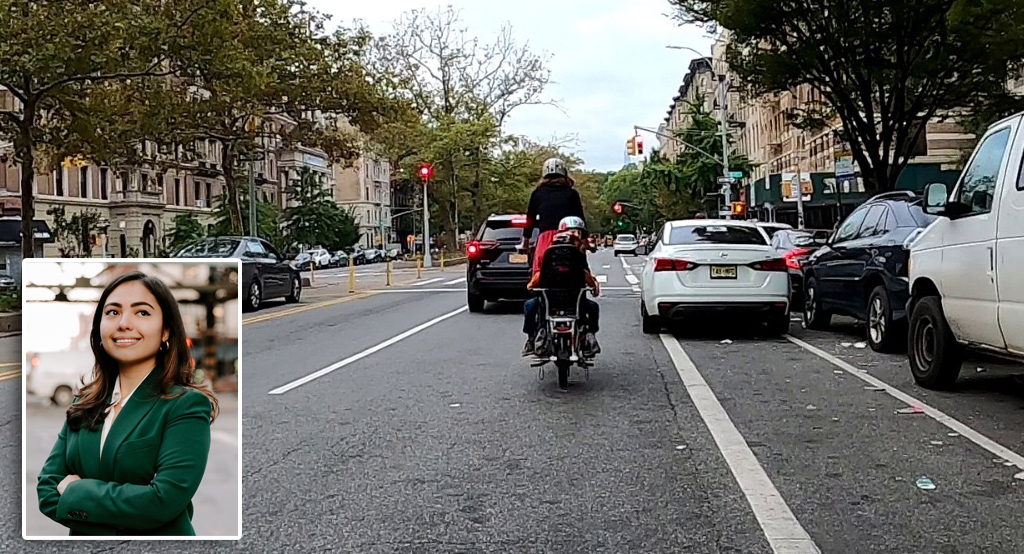If you’ve had your head stuck inside street design manuals or engineering guides – if you’ve been thinking at the level of the bulb-out or the bollard – I’ve got a present for you.
I wouldn’t have expected to find it in Foreign Policy magazine, but last week, Patrick Doherty of the New America Foundation published in its pages a big-picture, visionary manifesto calling for America to exert global leadership and help the planet "accommodate 3 billion additional middleclass aspirants in two short decades without provoking resource wars, insurgencies, and the devastation of our planet's ecosystem." And Doherty sees walkable communities as a key to achieving America's strategic goals in the years ahead. (Don't tell Glenn Beck.)
Doherty names inequality, economic depression, resource depletion, and natural disasters as “the four horsemen of the coming decades.” A big contributor to those four horsemen was the suburban experiment of the post-war period and its ongoing perpetuation. Doherty asserts that today, "the country's economic engine is misaligned to the threats and opportunities of the 21st century." More highways and subdivisions, in other words, aren't going to make America prosperous and secure.
So walkable communities should be at the center of a redefinition of American economic policy, Doherty writes:
Economists from Bernanke to New York Times columnist Paul Krugman agree that the predominant factor driving long-term unemployment is weakness in aggregate demand. Fortunately, due to large-scale demographic shifts over the past 20 years, the United States is sitting astride three vast pools of it. It is now imperative to design a new economic engine to exploit this demand while restoring America's fiscal health.
The first pool of demand is homegrown. American tastes have changed from the splendid isolation of the suburb to what advocates are calling the "five-minute lifestyle" work, school, transit, doctors, dining, playgrounds, entertainment all within a five minute walk of the front door. From 2014 to 2029, baby boomers and their children, the millennial generation, will converge in the housing marketplace seeking smaller homes in walkable, service-rich, transit-oriented communities. Already, 56 percent of Americans seek this lifestyle in their next housing purchase. That's roughly three times the demand for such housing after World War II.
The motivations are common across the country. Boomers are downsizing and working longer, and they fear losing their keys in the car dependent suburbs. Millennials were raised in the isolated suburbs of the 1980s and 1990s, and 77 percent never want to go back. Prices have already flipped, with exurban property values dropping while those in walkable neighborhoods are spiking. Yet legacy federal policies from transportation funding to housing subsidies remain geared toward the Cold War imperative of population dispersion and exploitation of the housing shortage, and they are stifling that demand.
To do all this, the U.S. has to shake up its outdated governing institutions, Doherty writes. “America's domestic departments are designed to support an economic strategy that is now weakening the country.” We’re getting well above my pay grade here, but given what we’ve seen recently out of our current governing institutions, I’d say a change would be quite refreshing, thank you very much. A civilian Office of National Strategy? Works for me, though without some cooperation from Congress, it's going to be awfully tough “to author a bold and uncompromising future that remains prosperous, secure, and sustainable.”






